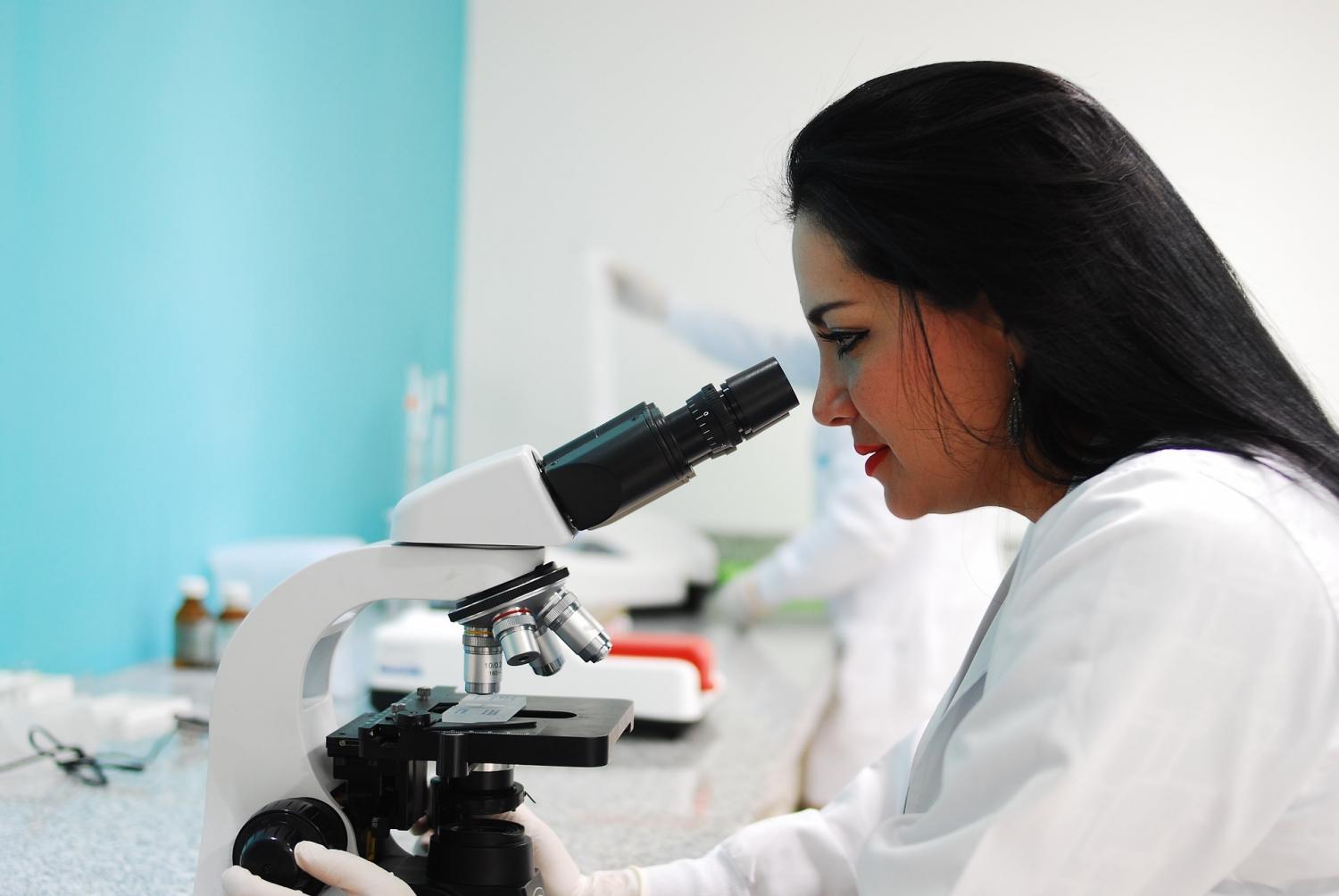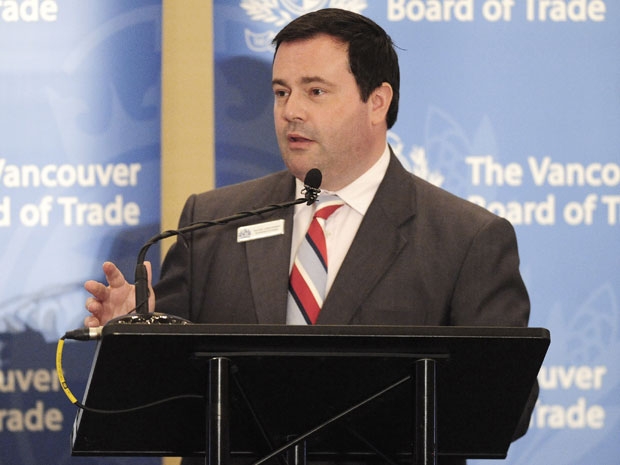
How applied research is reclaiming urban industrial sites
By Cody McKay
Outstanding discovery research occurs at universities across the country. However, far too often, this research fails to arrive at the commercial market place. Consecutive governments have attempted to tackle this challenge, focusing research dollars on particular aspects of the research-innovation ecosystem. This has left those not in the funding limelight to cry protest, plead neglect or worse, be under-valued. Yet the reality is that we need to support all types of research.
Canada needs researchers devoted to fundamental science, but also those who can take existing research knowledge and apply it to solve an identified challenge for society or for industry.
Enter collaborations with applied research. And a Canadian-made solution.
There are tens of thousands of brownfield sites scattered across Canada — many of them in urban locations. “Brownfields” are those abandoned industrial sites, such as old gas stations, that can’t be redeveloped because of the presence of hazardous substances, pollutants or contaminants in the soil. As a result, they remain empty, barren eyesores for communities, financial drains for their landowners who can’t repurpose the land and environmental liabilities for future generations.
Over the past decade, a collaboration between Federated Co-op (FCL), which owns a number of brownfield sites, and the University of Saskatchewan (U of S) developed a variety of methods to stimulate the bacteria in the soil to consume the pollutants more rapidly. This remediation method is faster than the natural bacterial break-down process, which can take decades, and is limited to only a few months of the year in cooler climates. It is also less invasive and more cost-effective than digging out the entire contaminated site and replacing all the soil — the only other option landowners are usually left with.
Collaborating with the U of S and FCL, and building on their earlier research, Dr. Paolo Mussone, an Applied Research Chair in bioindustrial and chemical process engineering, and his colleagues at NAIT’s Centre for Sensors and System Integration built sensors to monitor the bacteria and track how quickly the pollutants in the soil were degrading. The team experimented with the technique and the sensors at an old fuel storage site owned by FCL in Saskatoon that had been leaking for 20 years. They were able to use the technology to monitor the bacteria’s consumption and adjust the stimuli that increased this consumption in real time.
This applied research significantly shortened the time it took to clean the site, and only a few years later, the land is now home to a commercial retail space.
Dr. Mussone’s work is focused on building prototypes that use emerging nano- and biotechnologies. The goal of this applied research is to help the energy sector improve operational efficiencies, reduce emissions and accelerate environmental remediation. So where some would see the scars of industrial activity on the landscape, Dr. Mussone sees an opportunity to put his research into action.
Eventually, Dr. Mussone hopes to see the technology applied across Western Canada, where similar sites continue to hinder community-building efforts.
The science research undertaken by the U of S and FCL, and the collaborative applied research undertaken by NAIT, has led to a sustainable, commercial solution. Polytechnic institutions excel at this type of research translation.
Sometimes it is far too easy in Ottawa to forget about the impact of research, only focusing instead on the supply for new science dollars. Across the country, universities, polytechnics and community colleges are each undertaking research that could have immediate impact, or future benefit.
Rather than pitting these fundamentally different models of research against one another, Canadians should celebrate the diversity of strengths that exist in our country.
We have globally excellent fundamental, discovery science. And through polytechnics like NAIT, we have excellent applied research opportunities that can be harnessed for economic impact. Recognizing and supporting all types of research, and more significantly, fostering research collaboration amongst institutions with different research mandates and missions, is the surest and most positive way to build a sustainable science and innovation ecosystem for Canada.
Cody McKay is Policy Analyst for Innovation (Science & Technology, Research & Development) at Polytechnics Canada. Cody examines emerging trends and best practices relating to innovation, business growth and economic development, and seeks new opportunities for the federal government to leverage the applied research expertise of Canadian polytechnic institutions.









